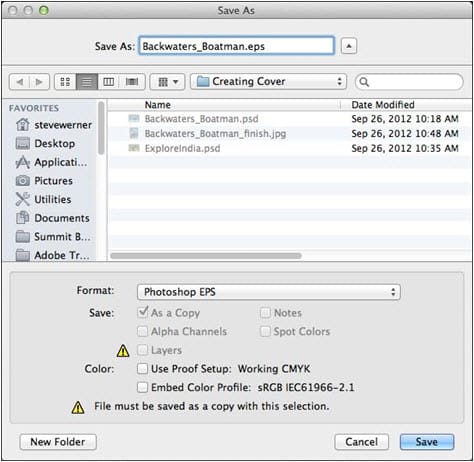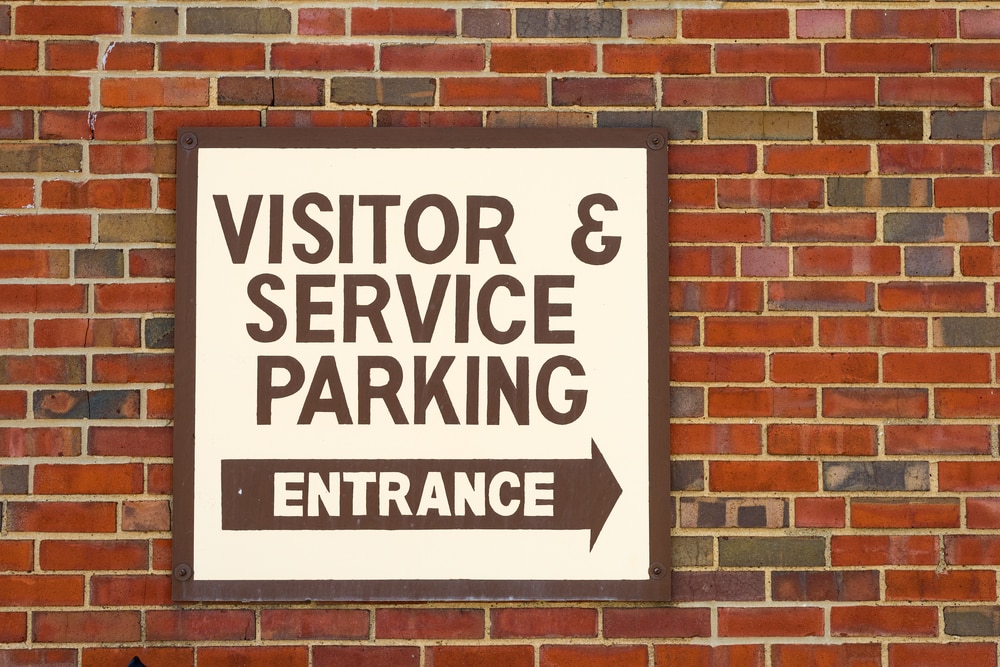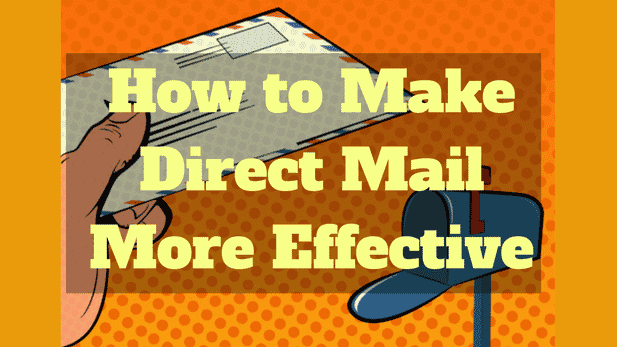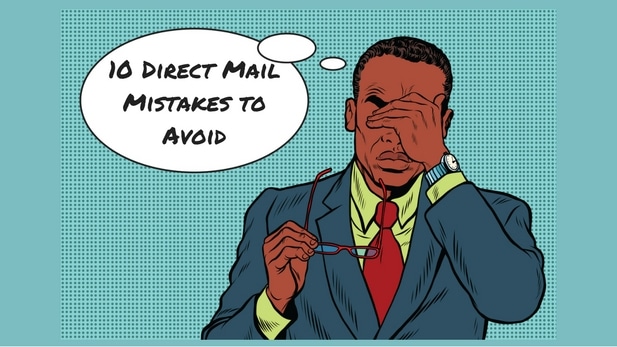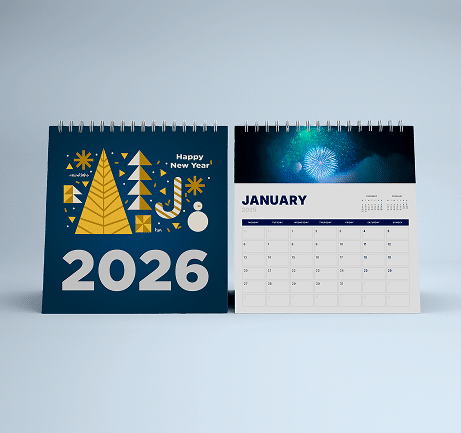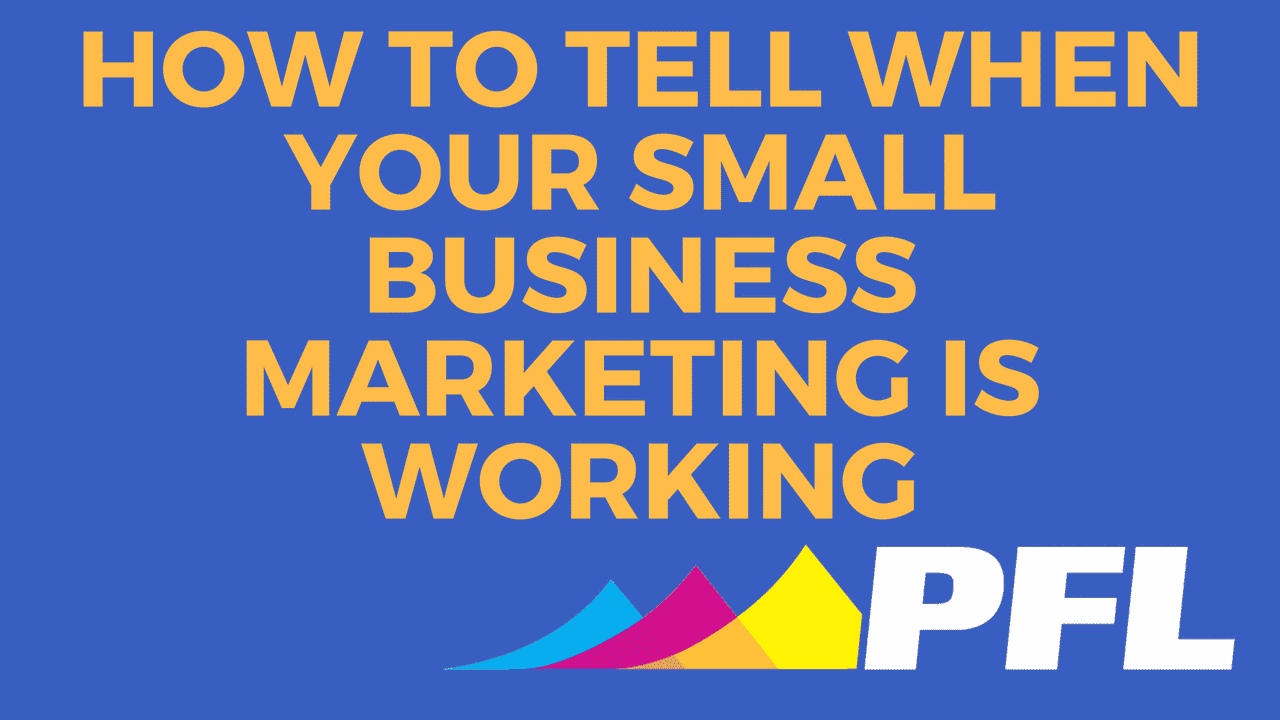
But small businesses can and should track how well their marketing efforts are working. Here we’ll walk you through some of the first steps you should take, key metrics to look at, as well as how to track them so you can better attribute your successes to your marketing efforts.
Set a Baseline for Marketing Metrics
It is critical to have a clear picture of where you’ve come from.
If you haven’t already, get your website hooked up to Google Analytics (learn how to get started here) so you can start easily tracking growth and regression. Set up a baseline report for:
- Organic SEO traffic. This measures how many people are finding your site and how they’re getting there.
- Learn how to set up conversion events – these track important actions on your site such as online purchases, filling out forms, or sharing your content on social media.
If you’re a brick and mortar operation, start tracking foot traffic, looking at your point of sales data (vendors like Square make it easy to pull reports about what you’re selling).
The point is – take your current marketing temperature, that will be your baseline for improvement.
Formulate Regular Reports
Just like it’s crucial to set your business up to be able to visualize trends in your website statistics, it’s also important to regularly write up reports on the results of your marketing efforts. Start sending your team a monthly marketing recap, which details what you worked on, as well as the results of those efforts.
How many website visitors did you have this month compared to last? How many people found your website through organic search this month? How many pages did the average person click on before exiting your site? Were those blog posts you wrote to try to rank for certain keywords found in people’s Google searches? Include screenshots or links to the graphs from Google Analytics for each metric so you and your team can easily visualize the impact. Google Analytics is loaded with tools that make it fast and – somewhat – easy to create reports.
Having a written report where you dive into not only the statistics for your business, but also interpret what you think those trends mean and why you’re seeing them, will help you and your team have a clear picture of where you’re coming from and where you should be heading to reap the most benefit from your marketing.
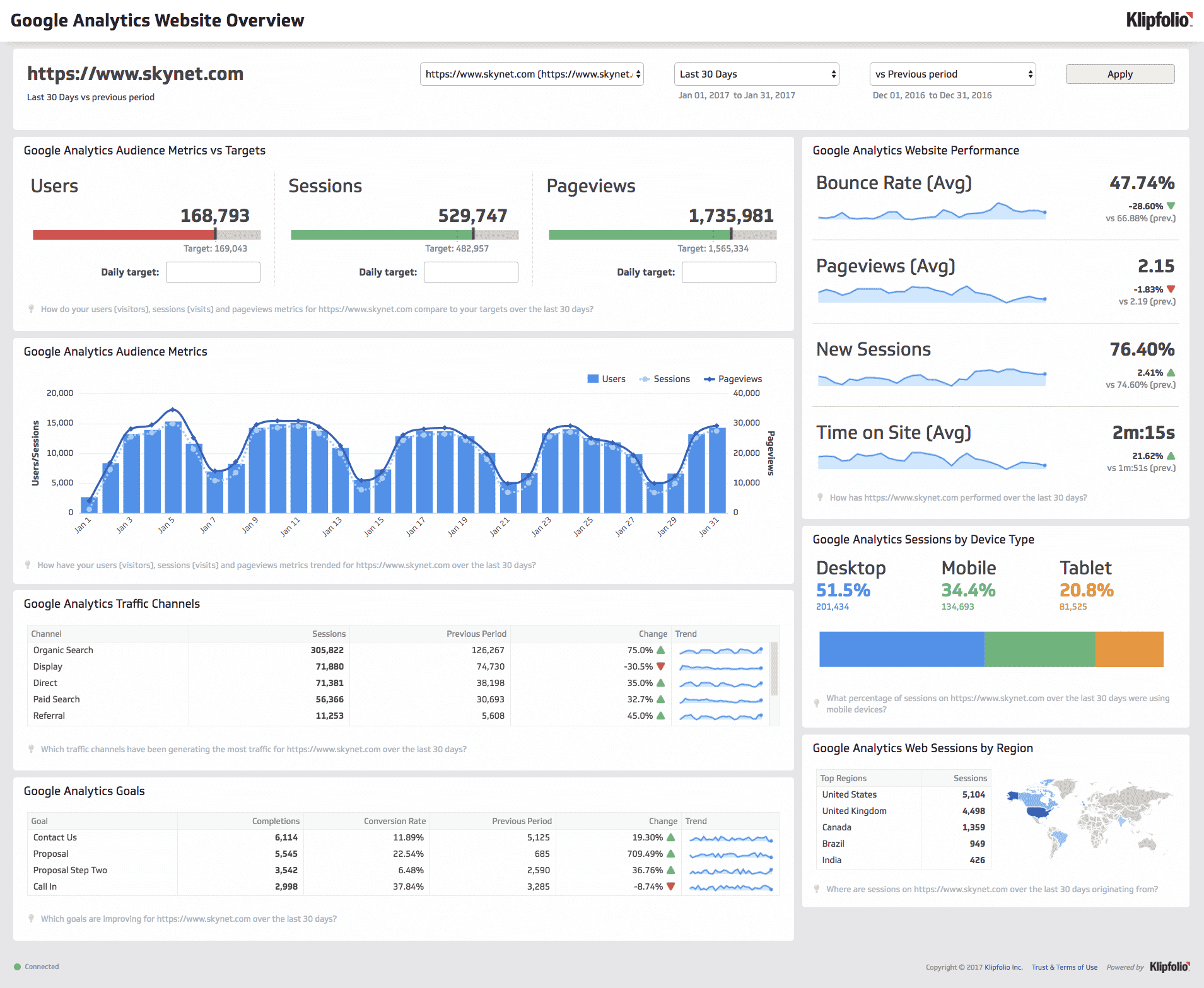
Focus on Key Performance Indicators (KPIs)
There are several ways to analyze whether your small business marketing efforts are working, but a few key metrics will give you a good jumping off point. Some of the most indicative are:
Website Visits. This one is pretty straight-forward. How many people are coming to check out your product or service via your website? This metric gives you a good idea of the level of interest your product or service is gaining.
Sources. Just as important as the number of website visitors, is where those visitors are coming from. How did they find you? Was it through keywords they typed into Google? If so, great job! You’re rocking your SEO efforts. Did they find you through social media? Also a good indicator of marketing success.
Be sure to create tracking links for all digital ads and sponsorships you send out, so that you can also see how many people visited your site as a result of those individual pieces.
Bounce Rate. When people land on your website, are they truly interested in your content? Is your site compelling and easy to understand so that people want to click on to another page to learn more?
If not, you might see a high bounce rate, where visitors click out of the page they landed on, without visiting any other pages. If this is happening, consider adjusting your messaging on your website to ensure it’s crystal clear and contains plenty of CTAs and other links to grab visitors and begin pushing them through the funnel.
A high bounce rate can also be a sign that you need to adjust the messaging on your marketing materials. For instance, if your ads or social media content seem to promise one thing, but your website doesn’t mention that right away on your home page, visitors will quickly grow frustrated or lose interest and exit your site. Consistent messaging is key.
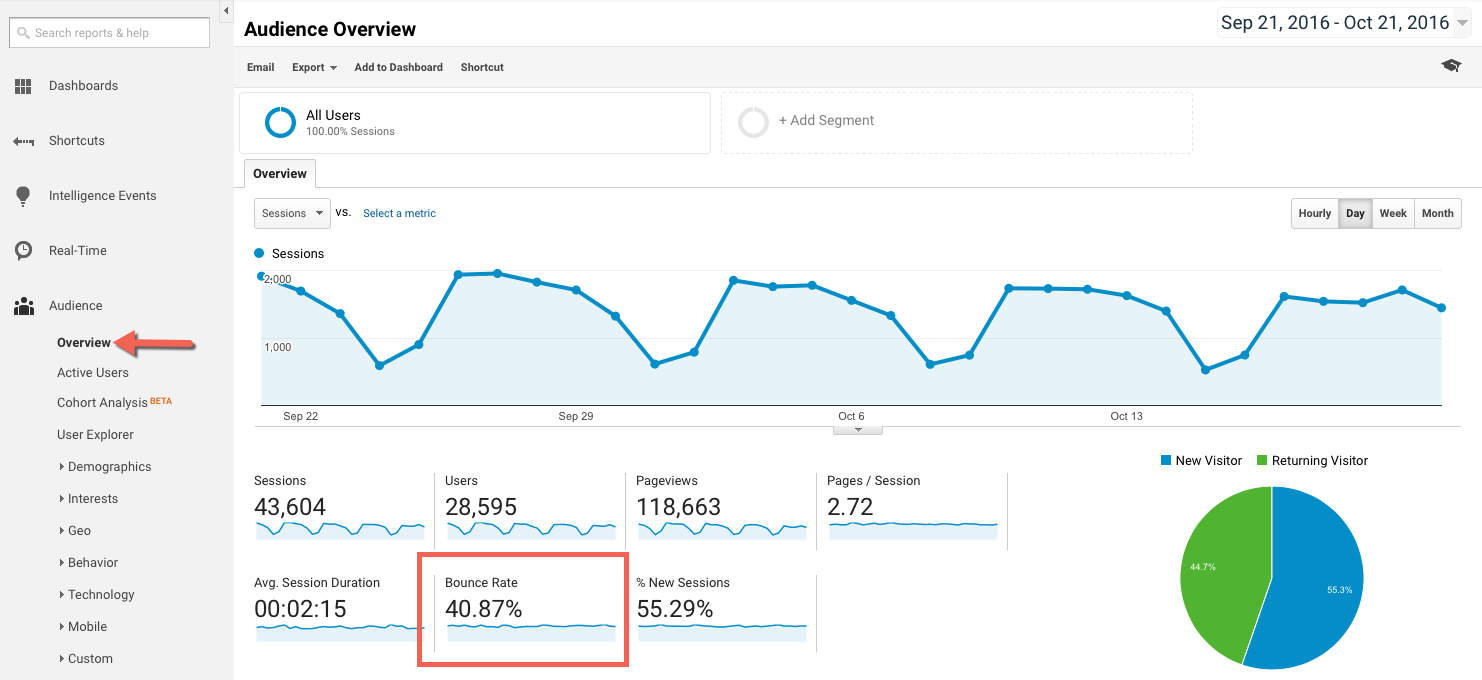
Session Duration. You know that cute girl you went on a first date with last weekend? How long did you hang out for at dinner? Did she want to take a stroll with you after you ate, or was she anxious to get home?
Just like the amount of time a date wants to spend with you indicates his or her interest level, so does the amount of time prospects spend on your website. Is your content interesting and informative? Are people finding what they came for (and even better, are they finding more than they came for)? Do they click to the next blog post in the series, or are they just skimming for a few seconds and quickly exiting?
Coupling this metric with your sources metric, you can start to identify which of your marketing channels are resonating with the right people, and which could use some adjusting. You might find that your Facebook ads are getting great engagement and clicks to your website, but those people only stay on your site for a few seconds, whereas prospects that come from your tactile marketing piece are browsing for an average of six minutes, despite similar messaging on both campaigns. If that’s the case, you’ll want to adjust the amount of money you’re spending on social and consider pouring that into another, more successful source.
Assess and Adjust. Now that you have the tools set up to monitor and analyze the results of your marketing efforts, you can identify the areas where they might be falling flat. Once you do, try making small changes at first. Is your messaging just a little too long or confusing? Are your blog titles clickbait-esque and so prospects get frustrated when your content isn’t what they expected to get? Start with small changes and monitor your progress in those monthly reports.
Think Outside the Computer
As a small business, it can be tough to compete with bigger brands online that have more robust budgets and staffing. Combine that with the fact that consumers are over-loaded with digital content — yes, including your ads — and you might find that your marketing efforts aren’t delivering quite the punch you thought they would.
That’s why some of the smartest businesses are turning to direct mail, or tactile, marketing. Delivering a personal touch in the form of a physical mailer or piece of branded “swag” can leave a lasting impression your competition is missing out on.
And don’t fret. You can track the effectiveness of tactile marketing campaigns too with software like Printing for Less’s Tactile Marketing Automation (TMA) software. Even better, you can set up your tactile marketing campaign just like a digital one, where when prospects take a certain action, a send is automatically triggered for the next piece in the campaign. See how it works here.
Need help with your print? Talk to a live print expert today: 800-930-7978.

